J-shaped trees
A patch of trees curved in a “J” is a sign of an approaching landslide. The trees grow into this shape due to the soil creep, a slow ground movement that indicates the overall instability of a slope. Encountering trees like this does not mean you’ll be facing an immediate disaster, only that a landslide has happened there before and will likely happen there again at some point.
What to do: Be cautious to prevent any rockfalls or similar disturbances that could trigger a landslide. If possible, try to stay in a flat area.
Green sky
You may have seen the sky turn this sickly shade of green. The view is totally apocalyptic, but it’s actually a rather common sign of powerful thunderstorms. Thunderstorms occur mostly in the evening, when the sun’s blue light, which we mostly see during the day, is intermingling with red light, visible during sunsets. The result, filtered through heavy clouds, is a green color in the sky.
What to do: Get inside as soon as possible. Avoid using landline phones and running water. Unplug appliances and other electronic devices.
Crosshatched waves
When you see a weird, perfectly-square wave pattern in the sea, more than likely there’s a rip current lurking beneath the water’s surface. And they’re immensely dangerous. Rip currents are responsible for the death of over 100 people yearly in the U.S. This pattern occurs when 2 current systems run into each other — or when the wind pushes waves in one direction and the underwater current pushes them in another.
What to do: Stay away from the water! Rip currents are powerful enough to pull a person out to sea and drown them. If you ever get caught in one, swim parallel to the shore to break out of the pattern, and then at an angle to the shore.
Animals behaving strangely
When animals collectively decide to hit the road all of a sudden, this can be a signal of an earthquake. Animals might also exhibit strange behavior and restlessness. The closer they are to the seismic center, the earlier they understand that something is wrong. There are a few theories on how exactly animals sense an oncoming quake, which may include air ionization or the smell of gases released before an eruption.
What to do: Don’t move, first and foremost, and stay wherever you are, whether it be in a car, indoors, or outdoors. If you’re outdoors, avoid buildings and other tall objects so they don’t fall on you. If you’re indoors, get on your knees, take cover, and hold onto something.
Hair standing up
If you feel your hair standing up all over your body, send your regards to the impending thunderstorm and lightning. Lightning strikes only after a charge buildup, and sometimes people can feel this buildup when it is happening nearby. People also experience a slight buzzing around metal accessories and a tingling feeling on the skin, while the hair’s ends can literally stand up and reach for the sky.
What to do: Find covered shelter (not under a tree or telephone pole!), preferably somewhere low. If you are caught out with no cover, crouch low, cover your ears, and minimize your contact with the ground. Be sure to ditch any metal things you might happen to have with you.
Wall cloud and funnel cloud
Wall clouds are large, dense clouds that sit low and spread up to 5 miles long. They’re formed when the warm moist air rapidly rises and displaces the cooler wet air above, making the pressure drop. If the cloud starts rotating, it can create a tornado. Similarly, cone-shaped funnel clouds can cause a tornado as well if their cone touches the ground.
What to do: You probably don’t want to get snatched into the Land of Oz like Dorothy was, so lock yourself safe in the basement. Avoid windows. We all know that tornadoes can be a prologue to adventure, but usually, they’re just bad news.
Ring around the moon or the sun
Sometimes you might witness a light halo around the sun and moon. These rings are actually thin cirrus clouds, made up of tiny ice particles. Sunlight is split and reflected through these crystals, so we can see it as an actual halo. And, like rainbows, sun rings are personal — everyone sees their own unique pattern of light! But high cirrus clouds often come before a storm, which is especially true for lunar halos.
What to do: Initially, nothing. A halo is a sign that a storm is somewhere on its way in the next day or 2. So do whatever is necessary to prepare for it.
Receding tide
If you’re on the beach and the water suddenly withdraws, a tsunami is likely on the way. Tsunamis occur due to a powerful earthquake or some other kind of explosion somewhere on the ocean floor. They can travel extremely fast — about 500 miles per hour — so you probably won’t see an approaching wave. But it will expose a wide part of the ocean floor that is not normally visible, even at low tide.
What to do: Move inland and try to get to higher ground. Avoid low enclosed areas, like valleys and rifts, that may draw in the force of the incoming water.
Animals running toward you
If you see animals and birds running and flying toward you, there might be a wildfire behind them. Fleeing and hiding are survival strategies for wildlife and it’s trying to make the best of it. Smoke, hot air, and a burning smell are also solid signs of fires.
What to do: Evacuate immediately. Try to keep smoke out of the air you breathe.
Allow fleeing animals to pass through. If it’s safe for you and an animal needs help, call your local animal control or wildlife rehabilitator.
Cracked snow
Imagine yourself going skiing or hiking in the winter. You’re checking to see if the snow feels hollow to you or if you hear a specific “whumpfing” sound underfoot. And most of all — if there are cracks in the snow. All of these things can signal an oncoming avalanche. These cracks mean that the snow is slowly sliding down. Snow can travel faster than 200 miles per hour and is extremely difficult to escape from.
What to do: If caught in an avalanche, try to get off the slope. With skis, a snowboard, or a snowmobile you can outrun it by heading downhill and then veering sideways. Otherwise, reach for a tree. As a last resort, try to “swim” up out of the snow.
Light flares on the sun
Every once in a while, people might notice uneven flares along the sun’s contour. These sun rays are often accompanied by strong auroras all around the world and are a sign of a solar storm. It’s caused by disturbances in the sun’s magnetic field: the bursts of radiation and gas on the sun’s surface are so massive that they can even reach us on earth.
What to do: Solar storms aren’t dangerous for humans on Earth. But they can disrupt electricity and cause blackouts. So the best you can do is go outside and admire the spectacle — but don’t forget about eye protection.


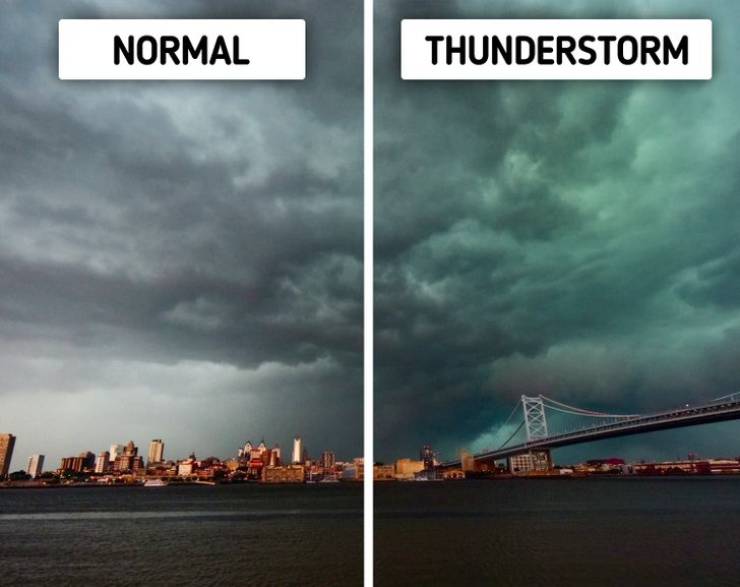
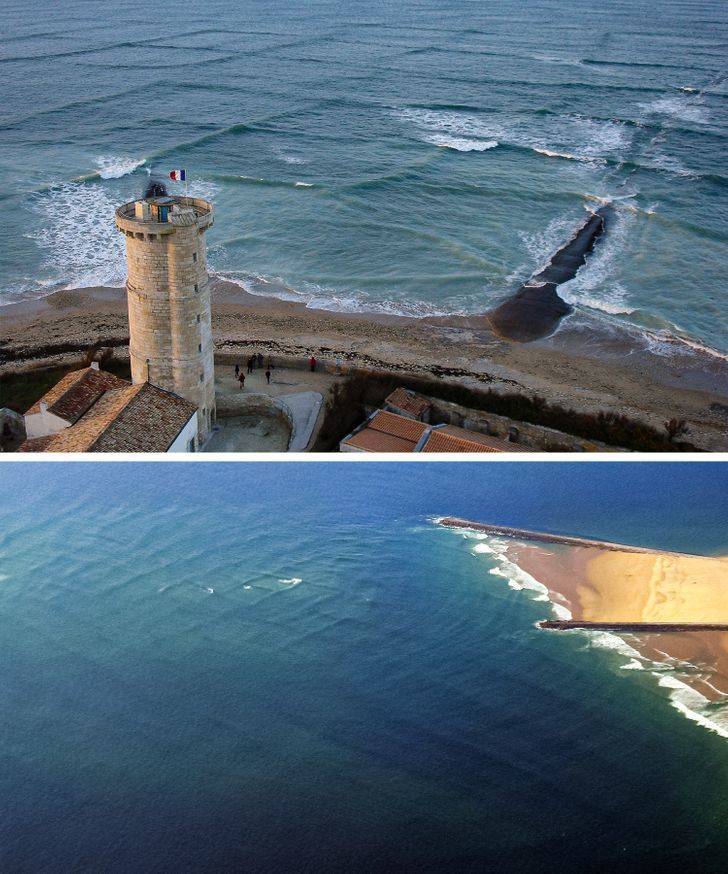
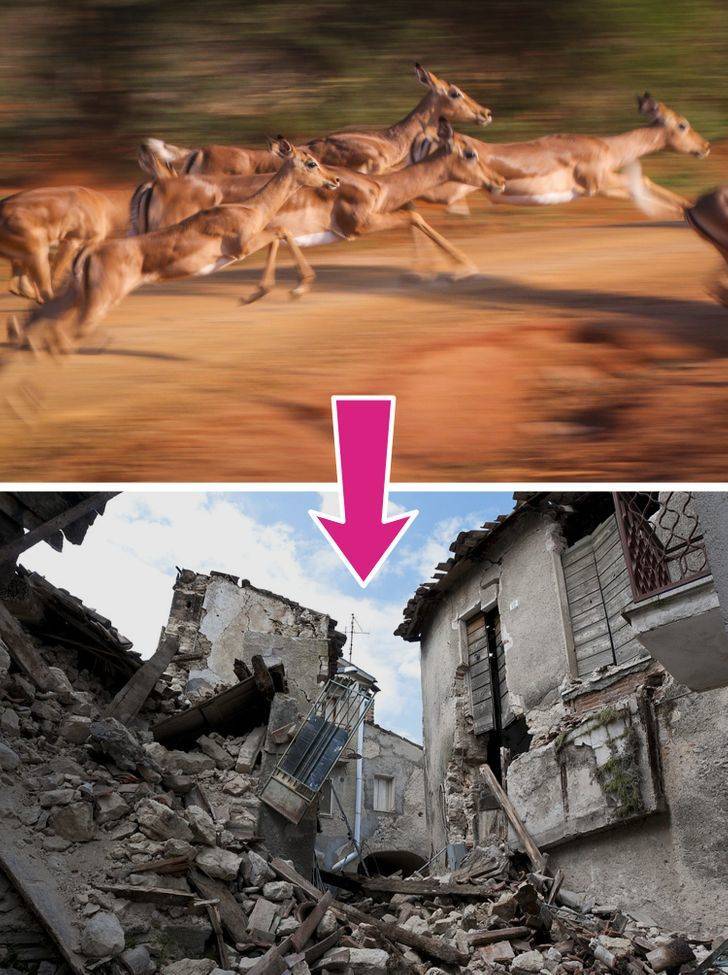
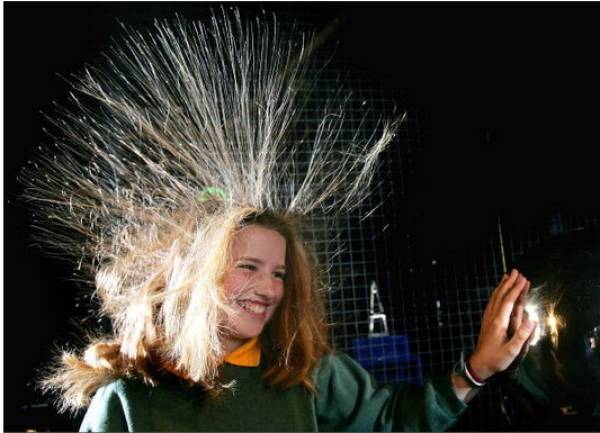

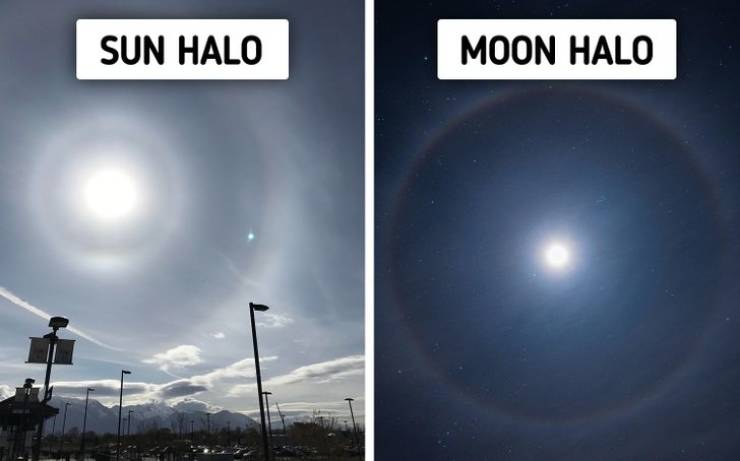
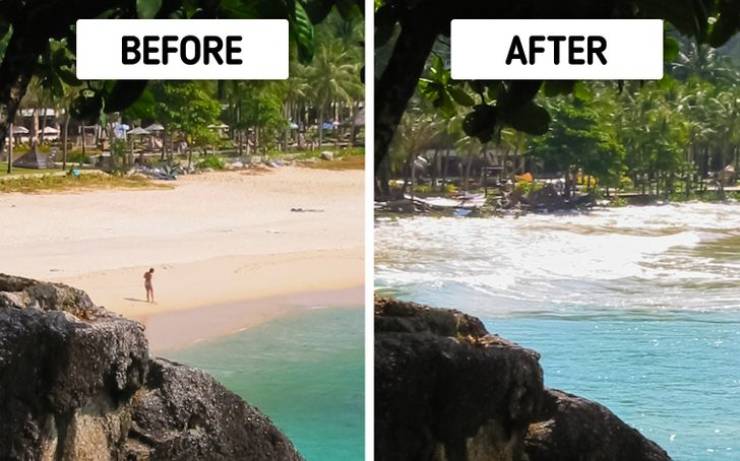
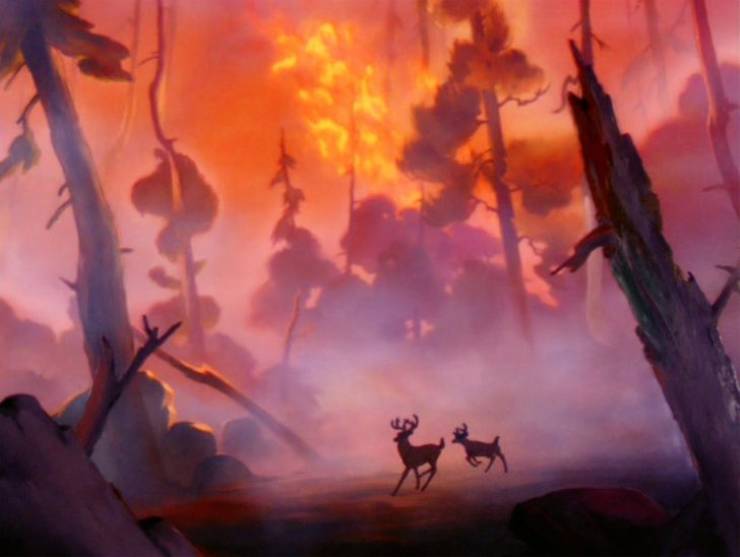
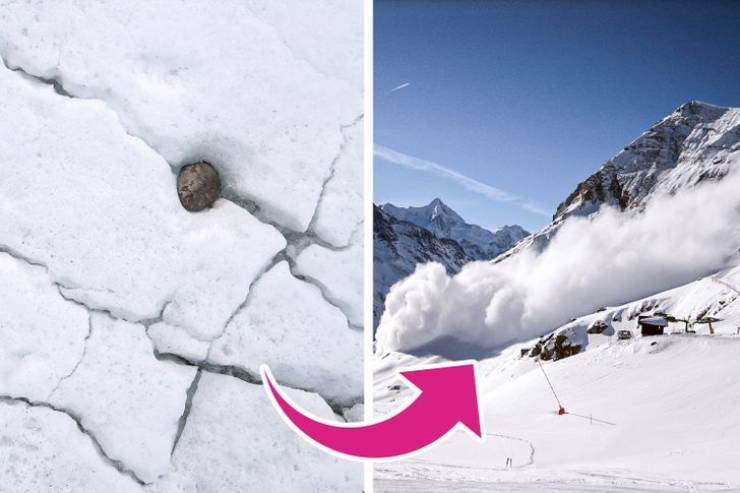
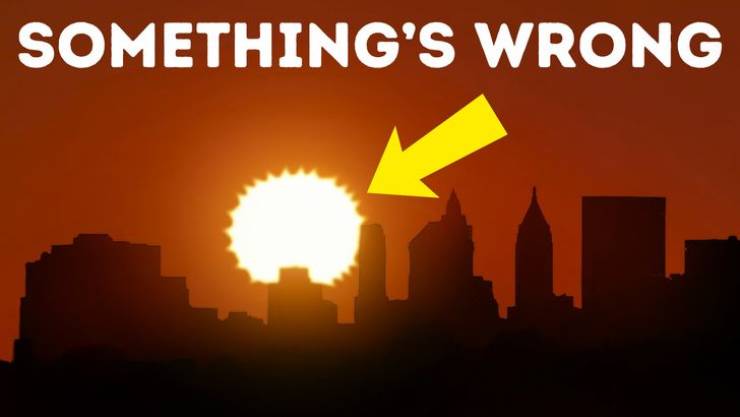
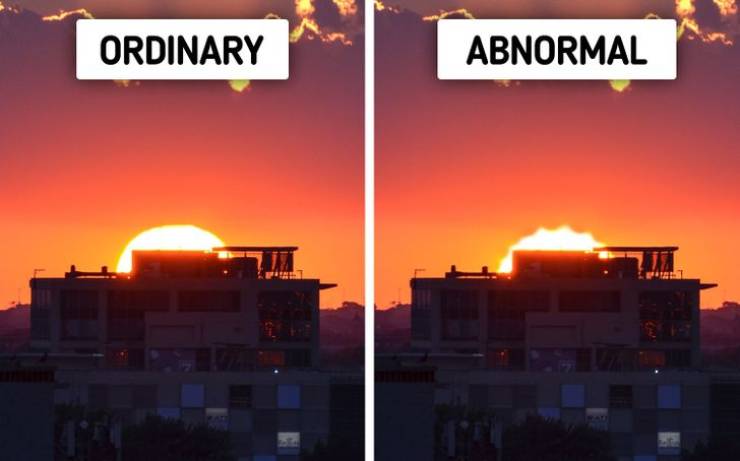



Sauce: https://www.iflscience.com/environment/what-could-have-caused-polands-crooked-fo
rest/
#11 and #12 This is not how a sun flare looks like.
#2 What to do? Rush outside and stand where the lightning is most concentrated, preferably holding something metal above your head.
#3 What to do? Run into the water and dive down as far as possible to warn the fish of the dangerous currents.
#4 What to do? If wild animals are acting strangely indoors, let them outside before they poop.
#5 What to do? Stop what you're doing and immediately take a selfie.
#6 What to do? Run directly at the funnel, waving your arms to dissipate the cloud.
#7 What to do? Immediately tell your neighbors the moon told you it's going to rain in 2 days.
#8 What to do? Stand your ground and push the waves back with your hands.
#9 What to do? Run directly into the wall of flames so you can come out on the other side all the quicker.
#10 What to do? Take a really big breath and blow the snow back as hard as you can, creating a break in the avalanche and making it flow around you.
#11 # 12 What to do? Something is wrong with the sun. An expanding wave of cosmic nuclear fire will soon obliterate the solar system. UV blocker 50 should handle it.
In other words, avoid dangerous things as quickly as possible! DUUUUUHHHH!!!